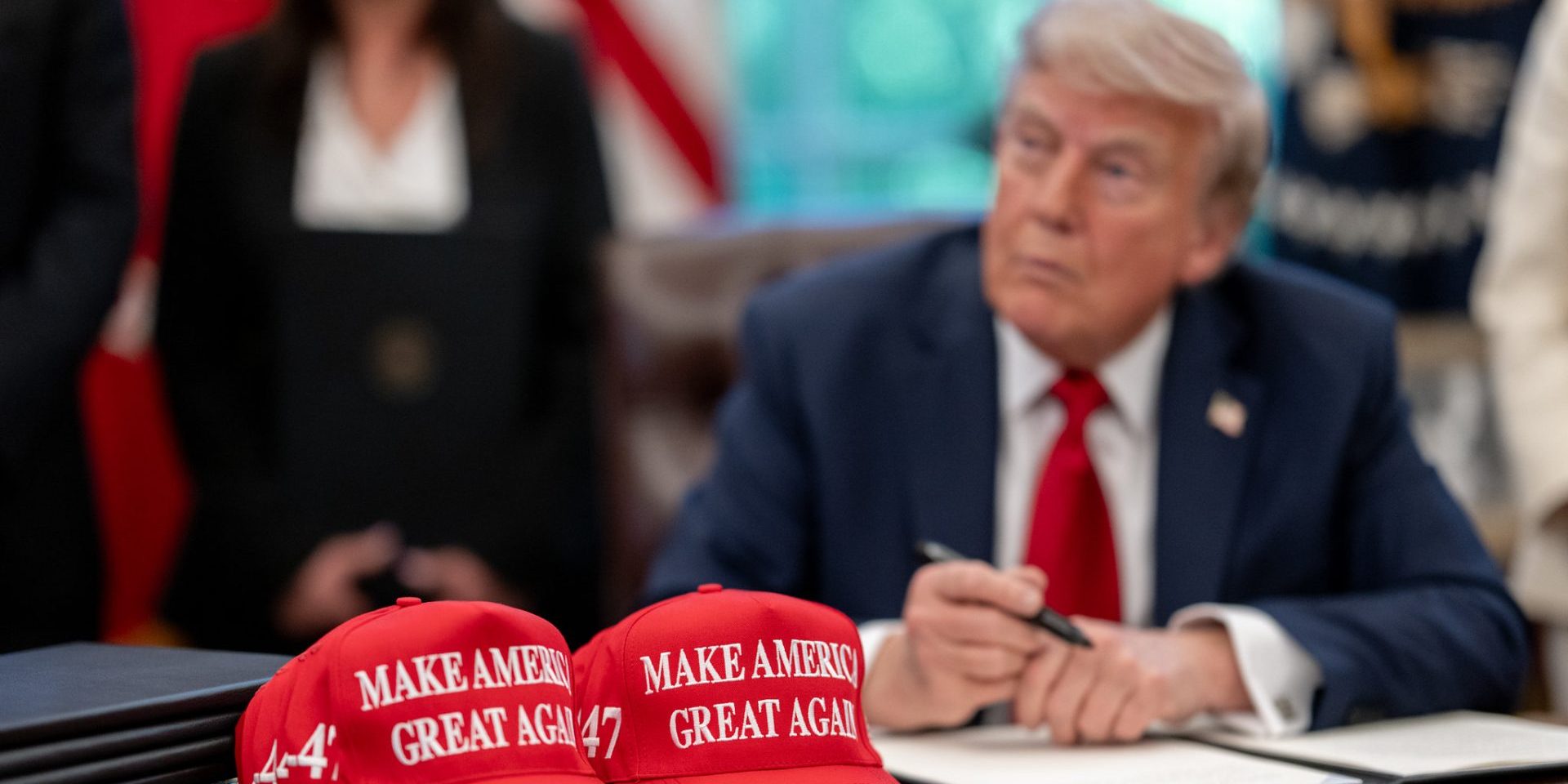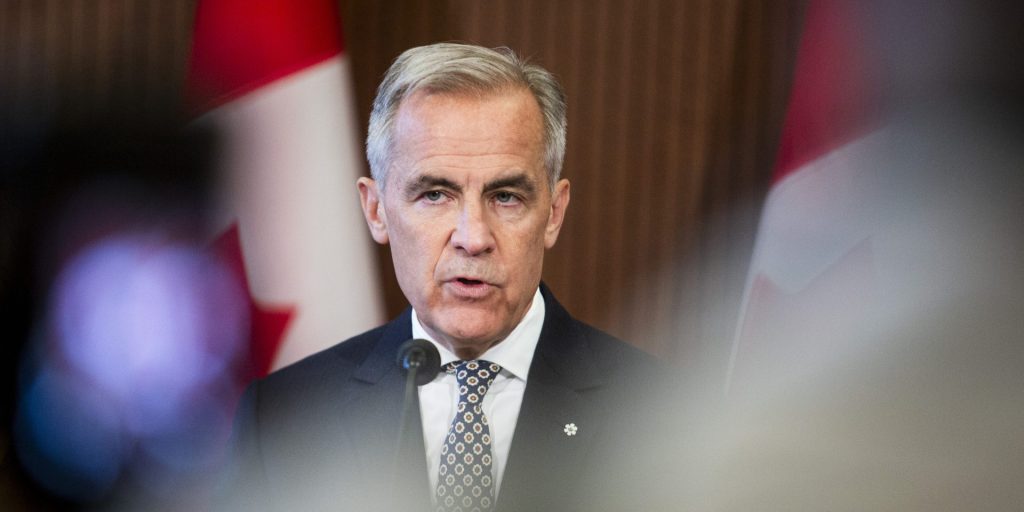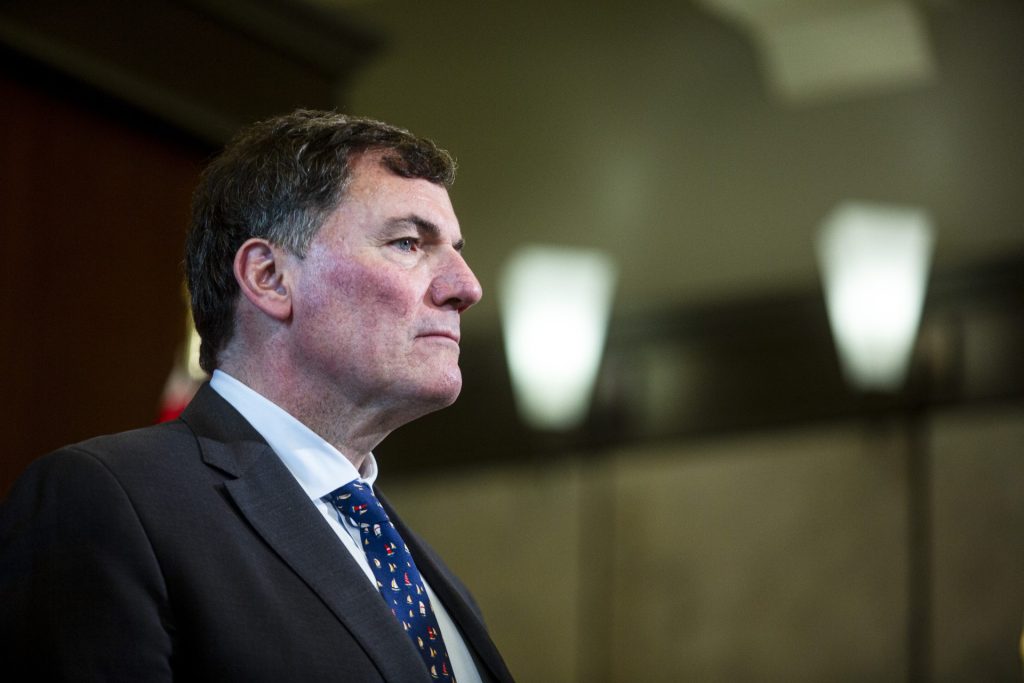‘Difference between a revolver and a machine gun’: how the U.S. courts could partially blunt Trump’s tariffs

With a looming United States appeals court decision on the lawfulness of some of the tariffs imposed on Canada, the Trump administration’s tariff powers could be partially constrained, but they won’t go away, say trade analysts.
The legality of a key pillar of U.S. President Donald Trump’s tariff regime is currently before the U.S. Court of Appeals for the Federal Circuit. The White House has employed the International Emergency Economic Powers Act (IEEPA) to put tariffs on goods from countries from around the world, including on Canadian exports under the guise of a fentanyl emergency.
“Other tariff authorities that the president could potentially use are short term, not nearly as powerful, and would render America captive to the abuses that it has endured from far more aggressive countries,” U.S. Solicitor General D. John Sauer wrote in an Aug. 11 letter to the court.
The IEEPA tariffs are currently set at 35 per cent for Canada, but don’t apply to goods that comply with the Canada-U.S.-Mexico Agreement (CUSMA).
If they are ruled unlawful, the Trump administration has a full toolkit of other options it could employ such as the Section 232 tariffs it currently has on sectors like steel and aluminum, automobiles, and copper; or Section 301 tariffs that it can use on countries like it did with China during Trump’s first term. But those tariff regimes take time as they require investigations to unfold before they can be put in place.
“It’s a difference between a revolver and a machine gun,” said Carlo Dade, director of international policy at the University of Calgary’s School of Public Policy. “That will still kill you if you catch a bullet.”
He said that Canada is likely going to have to wait until or if the case reaches the Supreme Court before there could be any clarity on whether partial reprieve is possible.

“We’re waiting to get a definitive answer until probably the beginning of the new year,” Dade said. “We’re looking at a period of continued uncertainty … [but] the potential is there for the tariffs to end.”
In May, the U.S. Court for International Trade ruled that tariffs under IEEPA were unconstitutional as the legislation doesn’t give the president “unlimited tariff authority.”
The IEEPA tariffs are divided between trafficking tariffs—which are imposed on Canada—and reciprocal tariffs on dozens of other countries.
The federal appeals court heard oral arguments on July 31, during which judges questioned why the Trump administration was using a statute for tariffs which does not include reference to the word “tariff,” and has never before been enacted for the purpose of a trade levy.
University of Ottawa professor Wolfgang Alschner, who holds the Hyman Soloway Chair in Business and Trade Law, said that although IEEPA doesn’t refer to tariffs, it does mention regulating commerce.
“As a lawyer, it is very easy to read tariffs under that. I don’t think that the argument is super straight forward that tariffs would never be allowed,” he said. “It’s very difficult to say how the court is going to come out of this.”
Alschner said if the tariffs under IEEPA were struck down, they still could be largely replicated with different instruments, but would require a bit more process.
He said that another option for Trump if he loses the power under IEEPA is to go to Congress and have lawmakers give him the authority through legislation.
U.S. warns of economic ruin if IEEPA powers overturned
In an Aug. 8 social media post, Trump warned of another “great depression” if the tariff revenue was ordered to be repaid.
Sauer’s Aug. 11 letter to the court reiterated that prediction.
“The president believes that our country would not be able to pay back the trillions of dollars that other countries have already committed to pay, which could lead to financial ruin,” he wrote.
International trade lawyer Robert Glasgow, a partner at McCarthy Tétrault, said filing the letter with the court shows that the Trump administration thinks they are going to lose at the federal circuit.
“The arguments themselves aren’t tethered to any particular law,” he said. “To me, this is more of a political letter than anything else.”
While Section 232 and 301 tariffs curtail an American president’s authority since they are encompassed within an administrative process that has to be followed, that barrier is lessened with tariffs that have been employed under IEEPA.
“They like using IEEPA because it gives—nominally—the president the authority to snap his fingers and say, ‘I declare an emergency and I’m going to impose a 10-per-cent blanket tariff on everyone,’” Glasgow said.
He said Trump is taking on a rare unilateral power, which the lower court has said the administration doesn’t have.
An appeals court decision holding up the lower court ruling will almost certainly be appealed to the Supreme Court.
Glasgow said that although non-CUSMA-complaint goods are tariffed under IEEPA, Canada is still in a more privileged position for its products entering the U.S. market since other nations—with the exception of fellow CUSMA partner Mexico—haven’t been given exemptions by the U.S.
“Right now, so much Canadian-made material—if they can be shown to be CUSMA-compliant—have at least a 15-per-cent price advantage going into the U.S.,” he said, but noted striking down the IEEPA tariffs could bring a more stable trading system until Trump’s next foray at “innovative” trade policy.
Trump’s tariff approach won’t end with court decision: Miller
Trade consultant Eric Miller, president of Rideau Potomac Strategy Group, said that a solution to the trade impasse will be found at a negotiation table, not in a courtroom.
“The lawyers won’t save North American trade,” said Miller, a former senior adviser at the Canadian Embassy in Washington, D.C. “It’s going to be something that will have to be negotiated.”
He said the U.S. Supreme Court has a strong track record of backing the Trump administration.
Alschner echoed that sentiment, noting that if the challenge makes it past the federal circuit, the Supreme Court has been very reluctant to put limits on presidential powers.
Miller said even if the use of tariffs under IEEPA authority is struck down, the White House would likely move on to using Section 232 tariffs in an omnibus fashion.
“The Trump administration is going to continue to fight for the ability to apply tariffs, and you are not going to reach a point where they are going to accept that somehow this policy is not one they pursue because the courts stuck it down,” he said.

“The president feels very direct and personal about this particular policy, so I don’t see any change in course,” he said.
Miller said Canada should hold its current position—as it has a privileged CUSMA exemption compared to other countries—until such a time that a renegotiation can occur for a better result.
He said that it is better to have a “pretty good arrangement” but little certainty as opposed to a “really bad arrangement” that comes with more certainty.
nmoss@hilltimes.com
The Hill Times






 LICENSING
LICENSING PODCAST
PODCAST ALERTS
ALERTS













